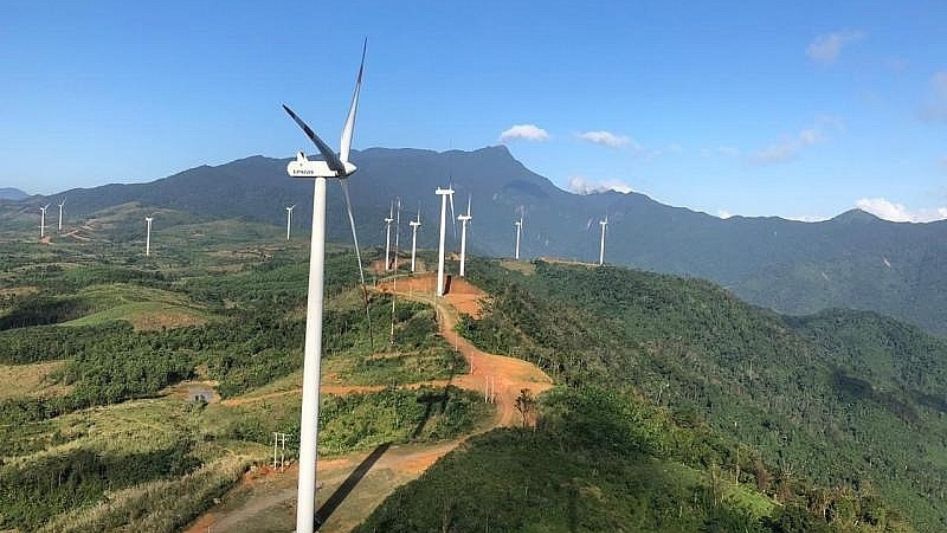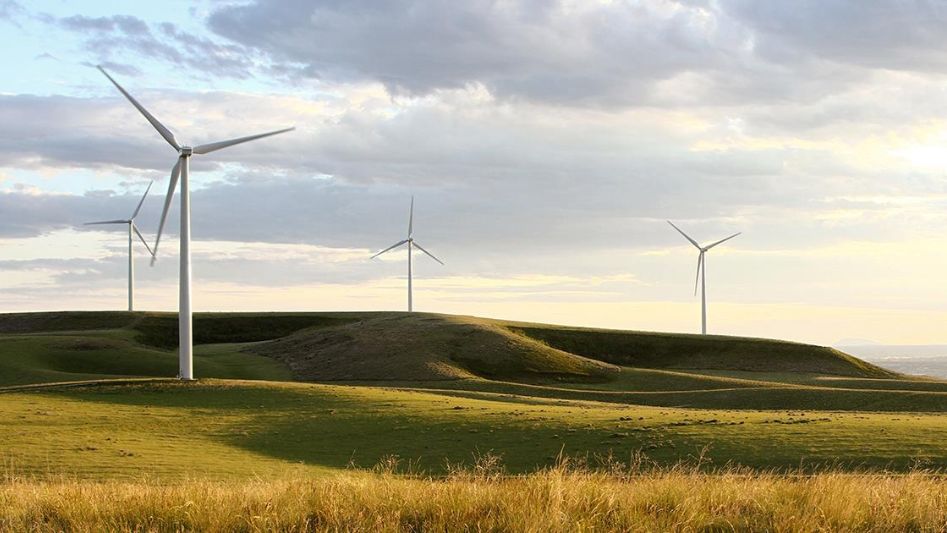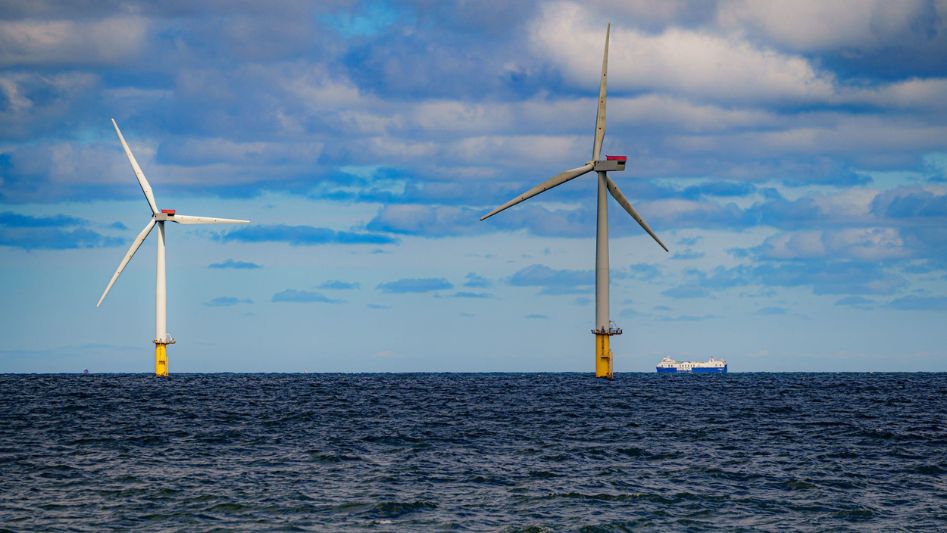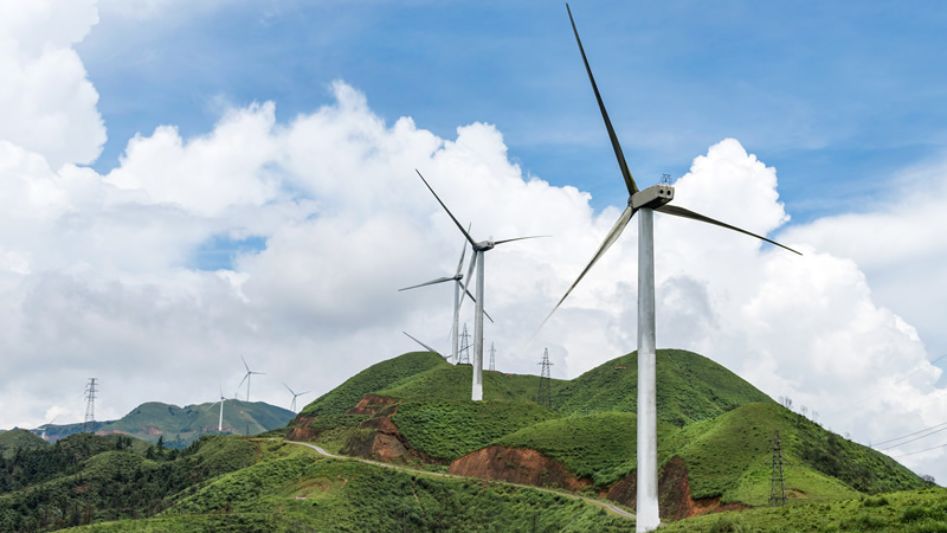In recent decades, the global energy landscape has witnessed a remarkable transformation, with renewable energy sources taking center stage. Among these, wind energy has emerged as a frontrunner, offering a sustainable and viable alternative to conventional fossil fuels. This article delves into the remarkable journey of wind energy, exploring its evolution, advantages, challenges, and the pivotal role it plays in combating climate change.
Table Of Content
We invite you to read: “Challenges and Solutions in Modern Wind Energy Production”

The Genesis of Wind Energy
Harnessing Nature’s Power
Wind energy, one of the oldest forms of harnessing natural power, dates back centuries. Early civilizations utilized windmills for grinding grain and pumping water. However, it wasn’t until the late 19th century that the first electricity-generating wind turbine was developed by Charles F. Brush. Over time, technological advancements and innovations in turbine design have significantly increased their efficiency and power output.
The Mechanics Behind Wind Power
How Wind Turbines Work
Wind turbines operate on a simple yet ingenious principle: the kinetic energy of wind is converted into mechanical energy, which is then transformed into electricity. This is achieved through the interplay of rotor blades and a generator. When the wind blows, it causes the rotor blades to spin, turning a generator’s rotor and producing electricity.
Onshore vs. Offshore: Maximizing Potential
While onshore wind farms have been the traditional choice, offshore installations have gained momentum. Offshore turbines benefit from stronger and more consistent wind speeds, resulting in higher energy yields. Although installation and maintenance costs are higher, technological advancements and economies of scale are driving the expansion of offshore wind farms.
Environmental Benefits
A Breath of Fresh Air
One of the most compelling advantages of wind energy is its environmental friendliness. Unlike fossil fuels, wind power produces zero greenhouse gas emissions during operation. This not only reduces air pollution but also mitigates the impacts of climate change.
Preserving Natural Habitats
Compared to other forms of energy production, wind farms have a relatively low ecological footprint. They occupy a small fraction of land and can coexist with existing land uses such as agriculture or conservation areas. Furthermore, unlike conventional power plants, wind farms do not require large-scale mining or extraction activities.
We invite you to read: “Wind Energy Unleashed: Unraveling the Technology Driving Wind Turbine Power”

Economic Implications
Powering Prosperity
The wind energy sector has become a significant contributor to economic growth. It has generated millions of jobs worldwide, from manufacturing and construction to operation and maintenance. Additionally, the development of wind farms stimulates local economies, as it often involves investments in infrastructure and services.
Cost Competitiveness
Thanks to advancements in technology and economies of scale, the cost of wind energy has plummeted over the years. In many regions, it has become one of the most cost-competitive sources of electricity generation. This cost-effectiveness, coupled with the potential for long-term energy price stability, positions wind energy as an attractive option for governments and investors alike.
Overcoming Challenges
Navigating Turbulence
While wind energy presents immense potential, it is not without challenges. Issues such as intermittency (variations in wind speed), grid integration, and public perception must be addressed. Advances in energy storage, smart grid technologies, and effective public engagement strategies are pivotal in overcoming these hurdles.
A Bright Future for Wind Energy
The Path Forward
As the world grapples with the urgent need to transition to sustainable energy sources, wind power stands as a beacon of hope. Continued research and development, coupled with supportive policies and investments, will play a vital role in accelerating the growth of wind energy. With its remarkable potential to reduce emissions, create jobs, and foster economic prosperity, wind energy is poised to play a pivotal role in the global energy transition.
We invite you to read: “Blowing Towards Sustainability: Wind Energy Leading the Green Movement”

Conclusion
Wind energy’s meteoric rise from ancient windmills to cutting-edge turbines reflects humanity’s ongoing quest for cleaner, more sustainable energy sources. With every gust of wind, we harness a powerful force of nature, propelling us toward a greener, more sustainable future. Through innovation, collaboration, and unwavering commitment, we can ensure that wind energy continues to blow away the competition, illuminating a path towards a more sustainable tomorrow.
FAQs
What are the environmental benefits of wind energy?
Wind energy produces no greenhouse gas emissions during operation, reducing air pollution and combating climate change.
Is wind energy cost-competitive?
Yes, advances in technology and economies of scale have made wind energy one of the most cost-competitive sources of electricity generation.
What challenges does wind energy face?
Wind energy faces challenges such as intermittency, grid integration, and public perception, which require innovative solutions for widespread adoption.
You May Also Like
- The Relationship between Wind Energy and Climate Resilience
- A Green Alliance: Carbon Neutrality’s Co-benefits for Solar and Wind Energy
- Suzlon Energy Shares Garner Interest Amid Impressive Wind Energy Installation Milestone
- Wind Energy Revolution: Discovering Europe’s Top Wind-Generating Countries
- Wind Energy and Sustainable Transportation: A Perfect Match

